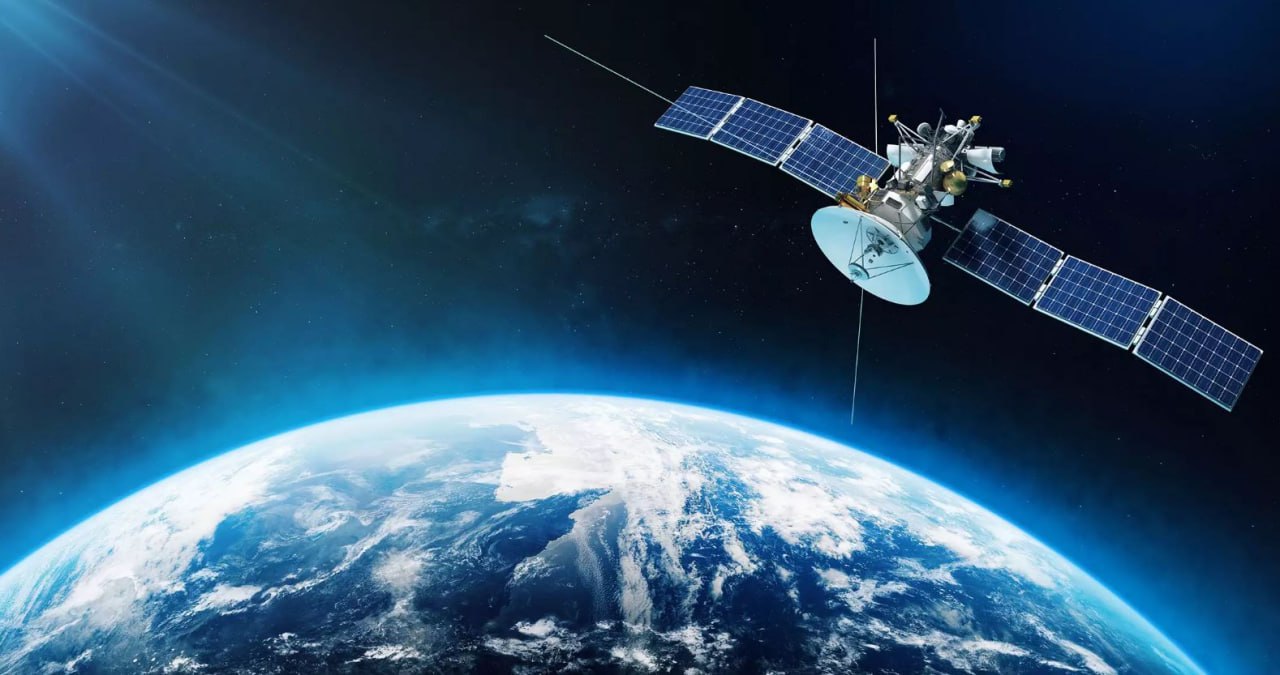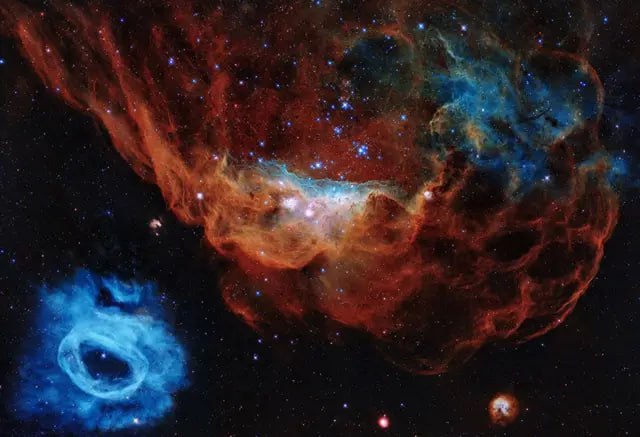Natural and human-made disasters — floods, fires, and oil spills — often remain invisible to the naked eye, especially when clouds, smoke, or darkness cover the area. This makes it difficult for scientists, emergency responders, and the public to understand the scale and impact of these events.
Our goal is to teach people how to use Synthetic Aperture Radar (SAR) in simple terms, analyze real-world disasters, and develop their own interpretations and theories about environmental change. SAR allows us to see what optical sensors cannot, revealing hidden patterns of damage, flooding, and pollution.
In this project, we focus on three striking events to demonstrate SAR in action:
- 🌊 Kakhovka Dam Explosion, Ukraine (2023) — tracking floods and terrain changes.
- 🛢 Oil Spill in the Black Sea (2025) — mapping pollution invisible to the naked eye.
- 🔥 Forest Fires in Mexico (2023) — identifying burned areas and structural changes in vegetation.


